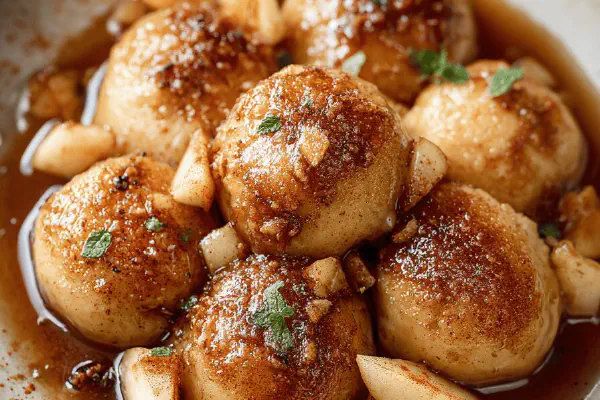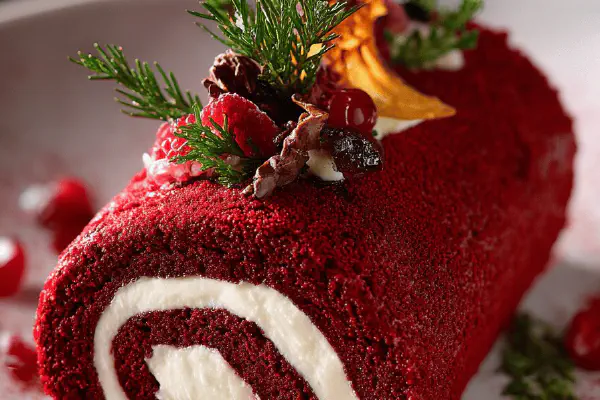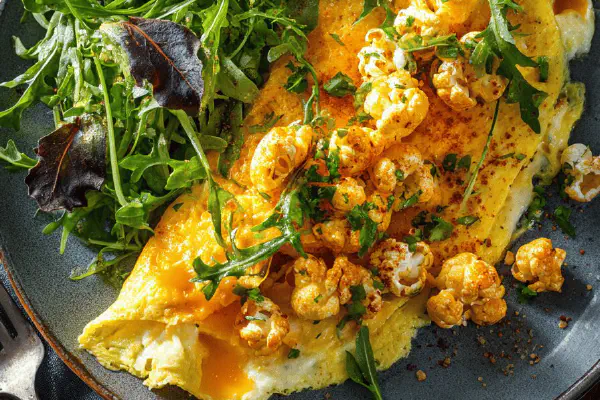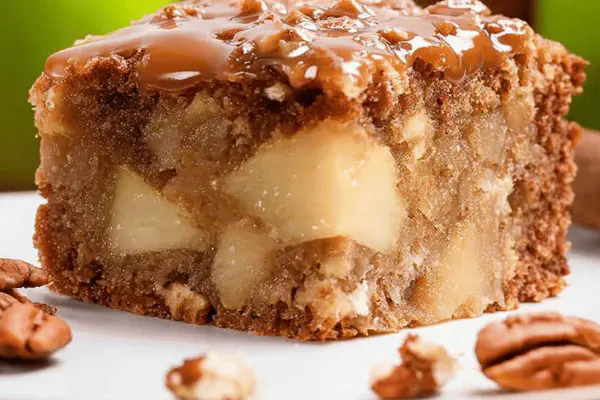Apple-Stuffed Maple Dumplings

By Emma
Certified Culinary Professional
Ingredients
- 420 ml (1 3/4 cups) all-purpose flour
- 25 ml (1 2/3 tbsp) dark brown sugar
- 7 ml (1 1/2 tsp) baking powder
- 25 ml (1 2/3 tbsp) melted coconut oil
- 5 ml (1 tsp) almond extract
- 180 ml (3/4 cup) unsweetened almond milk
- 500 ml (2 cups) maple syrup
- 400 ml (1 2/3 cups) water
- 1 to 2 small apples peeled cored sliced into 18 pieces
- 5 ml (1 tsp) ground cinnamon (replacement for vanilla)
- Optional: pinch of ground nutmeg
About the ingredients
Method
- Start by whisking flour, brown sugar, baking powder and cinnamon in a mixing bowl. Dry ingredients well blended helps even dough rise. Add melted coconut oil—room temp to avoid cooking eggs if you added any. Pour in almond milk gradually stirring with wooden spoon until dough holds but still sticky. Avoid overmixing; lumps okay. Dough glossy and slightly elastic.
- Bring maple syrup with water to a soft boil in a wide saucepan. Watch closely to not scorch syrup on the bottom. The sweet scent rising signals it’s ready to poach.
- Dampen your hands frequently—cold water—shape around golf ball size dough balls. Press a slice of apple into each, fold dough over to encase fruit snugly. Small tears in dough mean you pressed too hard. Don’t fuss too much or dough toughens.
- Gently slip each dumpling into simmering syrup mixture. They’ll float after 3-4 minutes but keep the pan partially covered. Simmer 17-20 minutes total. Surface becomes matte and puffed. Syrup bubbles lower, thicker halfway through cooking.
- Use a slotted spoon to scoop dumplings onto plate. Syrup thickens as it cools; drizzle warm on top or reserve heated for pouring. Dumplings soft but hold shape, tender mushy apple inside provides bite contrast.
- Serve with vanilla coconut ice cream or whipped coconut cream. Notes on substitutions below.
Cooking tips
Chef's notes
- 💡 Keep hands soaked in cold water before shaping dough balls. Sticky dough clings, wet hands help shape without tearing. Press apples gently into each ball; tight seal avoids leaks but small tears cause tough spots later.
- 💡 Room temperature coconut oil works best; cold fat clumps ruins dough texture, warm melts too fast. Melt gently then cool a bit. Almond milk substitutions like oat or soy milk keep liquid ratio steady, adjust flour if dough feels too wet.
- 💡 Maple syrup with water must simmer softly. Hard boil burns syrup bottom, bitter taste ruins finish. Watch for bubbling to slow and surface turning matte—not shiny anymore means syrup is thicker, timing cue to lower heat or remove.
- 💡 Dumplings float after few minutes but don’t trust float alone. Surface dulling and puffed look tells they’re cooked through. Thick syrup bubbles drop in intensity, thickening signals near done. Keep pan partially covered traps steam for even cooking.
- 💡 Omit almond extract for nut allergy. Replace with vanilla or grated orange zest for different aromatics. Cinnamon is subtle but essential here; ground nutmeg optional. Tart firm apples like Granny Smith hold up best, watery apples break dough or watery filling.
Common questions
What if dough sticks too much to hands?
Keep wetting hands cold water dips. Dust lightly with flour but sparing. Avoid overmixing dough; sticky is expected but too sticky means liquid too high or fat temp off.
Can I swap apples for pears?
Yes pears are softer so slice thicker. Adjust poach time slightly; pears release more juice, dough might need a quicker cooking or thicker syrup additions for coating.
My syrup burnt, now bitter
Scrap burnt batch. Use heavy-bottom pan, keep low heat after boil. Stir gently few times then watch bubbles. Scorching happens fast under high heat and thick syrup. Add small water increments if too thick early.
How to store leftovers?
Cover dumplings tightly to keep moisture. Refrigerate up to 2 days. Reheat gently in portion of syrup or water to prevent drying. Won’t keep well frozen; texture breaks from ice crystals and syrup thickening unevenly.



